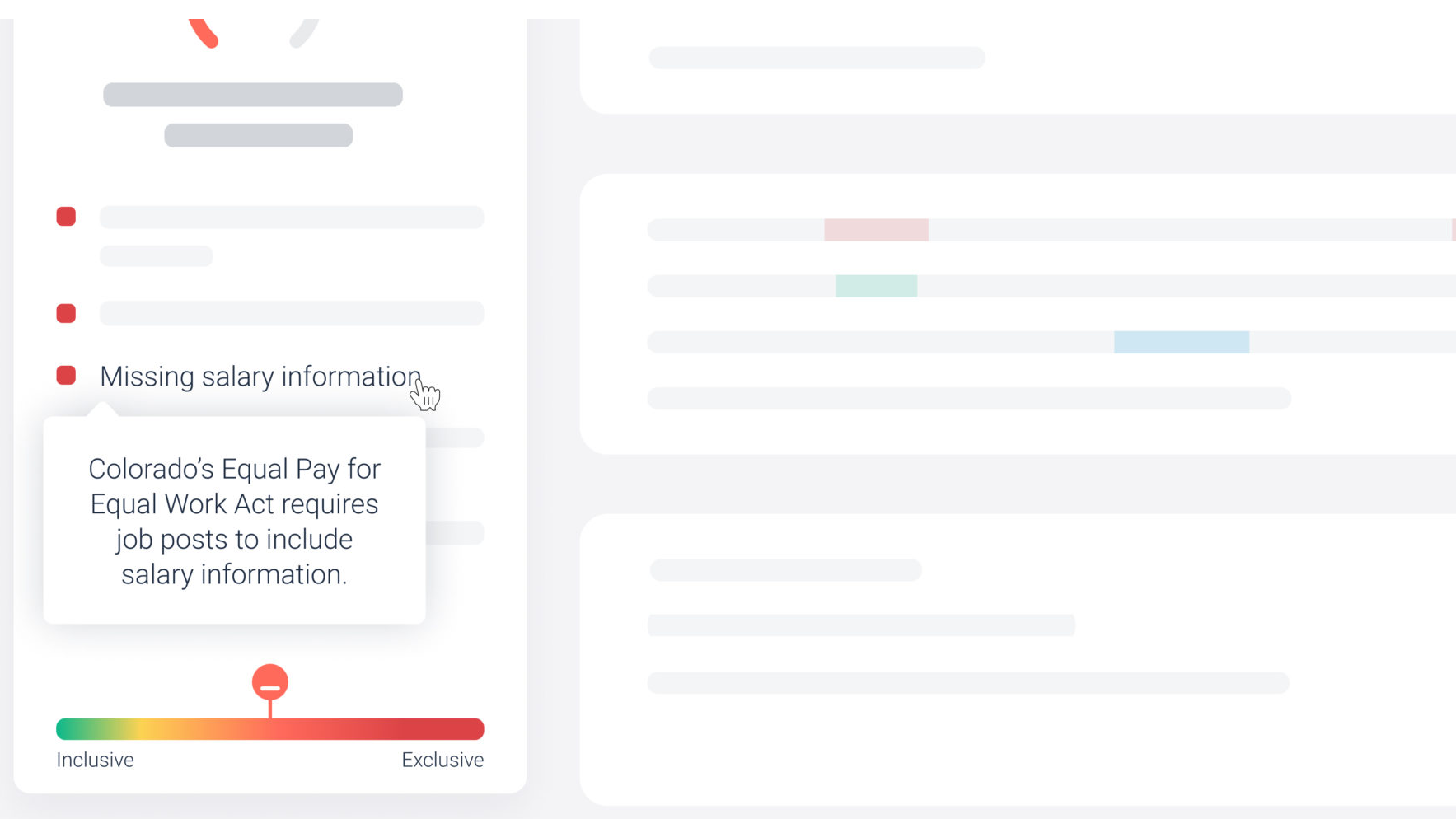According to Datapeople, pay transparency is an attempt to redress a wrong and an evolution in thinking about pay equality.


Pay inequality has a long and sullied history in the United States. Women (and particularly women of color), for example, have suffered pay inequality continuously since they entered the workforce en masse a century ago. Pay transparency is an attempt to redress that wrong and an evolution in thinking about pay equality.
Why pay transparency matters
In the first half of the 20th century, well-paying jobs for women were scarce. Prevailing attitudes at the time relegated them to mostly lower-paying administrative roles. During World War II, however, American women took the factory jobs left vacant by men joining the military. These women made massive contributions to the war effort and industry, in general. But even after that, many of them lost their jobs to returning soldiers.
The Equal Pay Act of 1963 made pay discrimination based on gender illegal. If two workers are doing a similar job at the same company, the law establishes, their pay should be equal, regardless of gender. Yet women have continued to experience pay discrimination in various forms to this day.
The rise of pay transparency laws
Pay transparency is the next step in the evolution of pay equality. Because pay discrimination can be too subtle to rise to a legal challenge, the Equal Pay Act isn’t enough.
For one thing, an employee has to learn what their coworkers make to know if they earn less than them. And because salary isn’t something that employees generally share with each other, certain groups can certainly benefit from a mechanism that makes pay transparent.
We’ve already seen new pay transparency laws go into effect in some U.S. states and municipalities. Some of these laws require companies to release pay data to the state in which they operate. Others make it illegal for companies to ask about pay history during the interview process. (To break the cycle of pay discrimination.)
Now we’re seeing additional pay transparency laws continuing in the same vein. The latest is a requirement for employers to disclose the pay range of an open job within the job ad itself or upon request from an applicant. (Even an internal applicant.)
What are pay transparency laws?
The idea behind pay transparency laws is that transparency from the beginning of the hiring process can help nip pay discrimination in the bud. Pay becomes entirely dependent on the job itself, not what applicants made in previous positions (which can depend on an applicant’s gender or race) or any other factor.
Salary ranges in job posts
Many U.S. states and cities have either implemented pay transparency laws or are in the process of doing so.
Some states, such as California, Maryland, and Washington, now require employers to provide salary ranges upon request by an applicant. Some cities, including Cincinnati and Toledo, require it upon request of an applicant who has received an offer.
Going even further, some states and cities already require or will require employers to include a salary range in job posts. Colorado, California, New York, Washington, and the city of New York are on this growing list.
Compliance guidance for pay transparency laws
Keeping up to date with employment law is a full-time job in itself. It’s not something that hiring teams can easily do on top of everything else. If the current trend continues, we can likely expect other U.S. states and cities to follow suit. Keep an eye on this space going forward.
